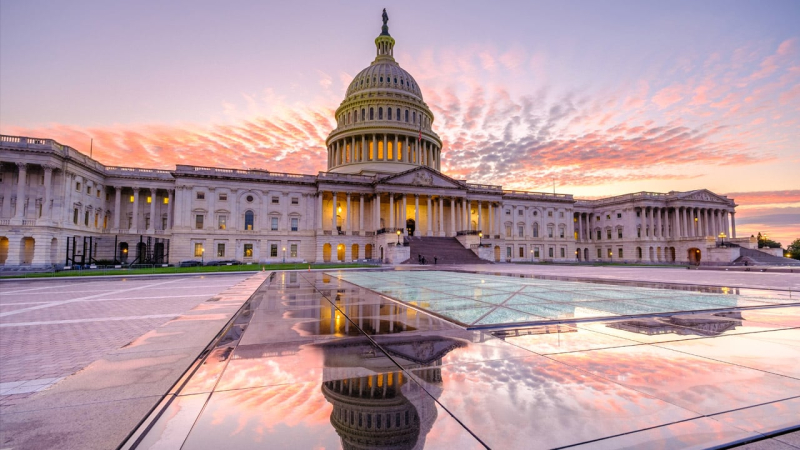
Late on Thursday evening, September 28, the US House of Representatives overwhelmingly supported the allocation of $300 million for Ukraine.
As reported by The Hill and Politico, “for” This decision was voted by 311 legislators (against 117).
Aid funding for Ukraine has become a source of controversy over the past week. We are talking about funds for training Ukrainian soldiers and purchasing weapons.
Now watching
Initially, this item of expenditure (Ukraine Security Assistance Initiative) in the amount of $300 million was part of the bill on funding the US Department of Defense for the 2024 fiscal year.
However, Republicans in the House of Representatives managed to exclude assistance to Ukraine from the bill and bring this issue to the floor. separate vote.
The Pentagon's $826 billion defense spending bill was passed by a vote of 218 to 210.
New $300 million in aid to Ukraine was approved in a separate bill in the US House of Representatives.
Although both documents were supported, Democrats fear that Russian propaganda will present funding for Kiev in a separate bill “as a rejection of Ukraine by Congress.”
– The Russians are good at propaganda. This will be presented as America’s abandonment of its obligations towards Ukraine,” said Adam Smith, a member of the House Armed Services Committee.
Another Democrat, member of the House of Representatives Jim McGovern, emphasized that $300 million is “not some kind of handout”.
– If Ukraine loses, then the principles of freedom will lose, if Ukraine loses, then our “our own national security will be at risk,” he warned.
As you know, the American Congress is also considering the White House’s request for additional funding for Ukraine worth $24.1 billion in the military, economic and humanitarian spheres.
In addition, the US Senate voted to begin discussing a stopgap budget to avoid a government shutdown later this week. The Senate proposal would fund the federal government through November 17 and provide approximately $6.15 billion for Ukraine.
However, the proposal has drawn opposition from Republicans in the US House of Representatives. If a decision cannot be made before October 1 – the beginning of the new fiscal year, the US government will partially suspend its work as part of the “shutdown”.

